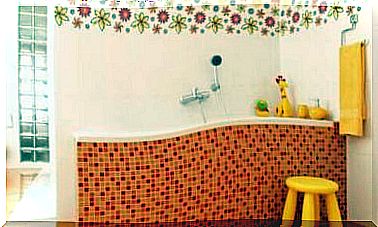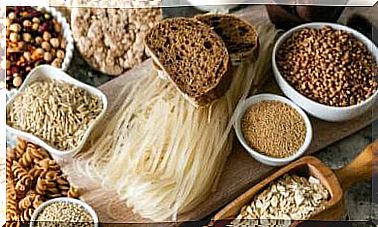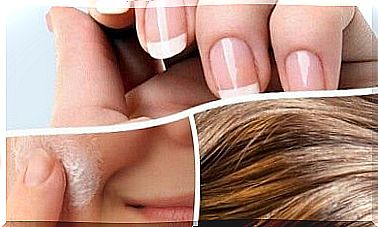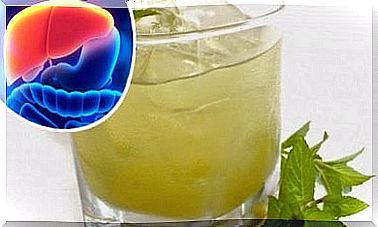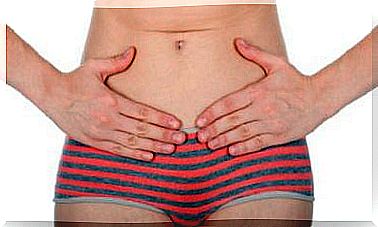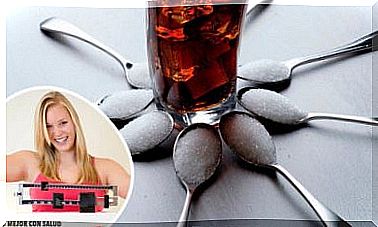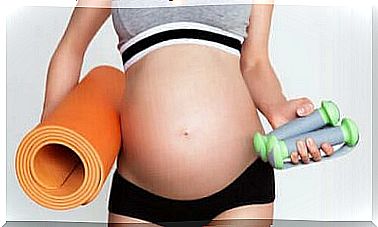Nursing Elbow – Injury To The Elbow Joint In Children
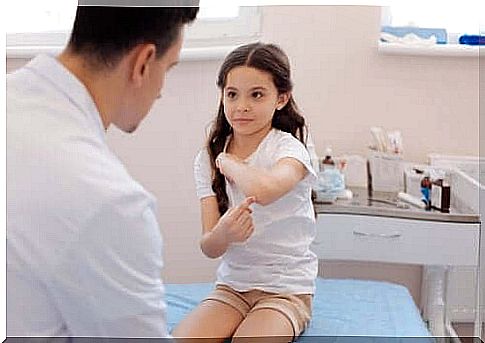
The syndrome called “nurse’s elbow” very often affects children between the ages of 2 and 5. Very often it is caused by inappropriate habits and behaviors of parents. In this article, you will learn about the characteristics of this condition, its causes and potential solutions.
The elbow injury in children that we describe in this article has several names. There is also talk of a babysitter’s elbow or subluxation. These are the most striking names for this condition, as they suggest the guilt of the child’s “caregiver” or more precisely, the child’s “caregiver”, ie the parents and others involved.
It is actually a condition called Chassaignac subluxation. So we speak professionally about the subluxation of the head of the radial bone. It most often affects children between 2 and 5 years of age.
This injury occurs when the child’s hand suddenly jerks against the straightened elbow. As you will notice later, this mechanism most often occurs when caring for a baby, when holding it down, even for fall arrest, or when playing in kindergarten.
Everyone, completely unknowingly, can contribute to the development of this disease: grandfather, grandmother, parents or kindergarten employees.
Nurse’s elbow – what exactly is it?
The mechanism of emergence is based on a strong pull of the upper limb, jerking the straightened arm, e.g. of a child at risk of falling.
In medicine, the subluxation of the radial head is a blockage of movement. A child’s elbow cannot perform a supination movement, i.e. rotate around its axis. The blockage, of course, causes excruciating pain.

- The age of the most vulnerable children ranges from one to five years. It very rarely occurs in young people over the age of seven.
- Interestingly, the left elbow is usually more prone to this injury than the right elbow, and girls suffer more from it than boys.
Cases outside the normal age range have been reported, but these are exceptions. Two-sided occurrence of the problem is also rarely seen. The mechanism that causes the problem, as mentioned above, is violent pulling on one of the sides.
How is a radial head dislocated?
The mechanism of the development of the lesion is a sudden, violent pull on one of the limbs. It causes the head of the radial bone to separate from its anatomical site without the possibility of return, blocking the movement.
The elbow ligaments in children are still so flexible and loose that the radial bone dislocates from the joint.
The elbow joint also consists of three pairs of articular surfaces. We can replace the brachiocephalic, brachiocurial and radial-ulnar parts.
The peripheral ligament allows us to keep the head of the radius in place and the ulna to the side in the right place. The joint occurs together with a joint capsule that is surrounded by strong ligaments. They surround the head of the bones and set it in motion, preventing it from sliding out of the joint.
Until the age of seven, the elbow ligaments are quite immature, weak and loose. They stretch easily and there is no strong elasticity they acquire as they grow and develop. For this reason, in children of this age, the so-called nurse’s elbow.
When we understand the anatomy of children, we have a better idea of the mechanism of this injury. Usually, an adult carries a small child or holds his hand, wrist. We do this to help children climb the steps of the stairs, prevent falling. We grasp them violently, causing the head of the bone to overcome the resistance of the ligament and pop out of its place.
The elbow locks up and the child can no longer perform proper forearm promination.
Other reasons?
Genetic inheritance has not been found to increase the probability of an injury. There are children who show increased play in their ligaments. Then, of course, a subluxation is more likely.
However, every child is at risk of an elbow sprain, regardless of genetic background.
Nursing elbow – the most common symptoms
A significant symptom of dislocation of the elbow is nagging pain. Very young children express it by intense crying, and older ones can already indicate exactly the affected area.
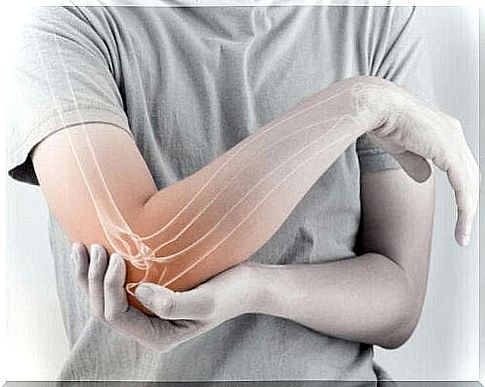
Pain occurs immediately after the jerky movement that caused the subluxation in most cases. The child keeps his elbow straight and resists the movement by complaining and signaling a problem.
Although only the elbow joint is affected , when observing the position of the child, we often confuse it with diseases of the wrists and shoulder. Some adults present at the injury are also confused by the sound that accompanied the sprain. They often identify it with another area of the child’s locomotor system.
- The adult who contributed to this dislocation may experience stretching of the child’s limb when grasping the child. However, this is very subjective. Even so, crying and a slightly stretched, elongated forearm position should get our attention, right away.
- The most important symptom and the most alarming one is pain and significant limitation of the child’s upper limb movement. We should never underestimate this phenomenon and try to be more careful during our next walks together.
Nurse sprain – what is the treatment like?
Fortunately, treatment is not complicated. Of course, if all activities are performed by trained medical personnel. If a similar situation occurs and we suspect that this is the injury that happened to our child – it is best to go to the doctor immediately.
- Treatment of an injury does not require surgery. On-call consultation can solve the problem in a short time. It is essential that the consultation is held within twelve hours of the injury.
- The healthcare professional will perform the procedures indicated for this. The head of the radial should be brought into position. Elbow movement will be restored immediately and the pain should pass.
Falling out of the elbow joint, unfortunately, can be repeated. However, as we mentioned, this is less likely as the child gets older.
In the event of a strong injury, specialized bracing can be used. Immobilization of the elbow joint to reduce exudate and for fear of recurrence of subluxation can be performed using an elbow tutor. It will help your baby better than a heavy cast.
Summary
So, first of all, as parents, we shouldn’t despair if our child shows signs of a nurse’s elbow. It is definitely not the end of the world. Our priority will be to stay calm and go to the clinic on duty so that the problem is solved.
Treatment and attitude (reposition) in the right time, correct decisions of doctors – will not leave any side effects for the future and will ease the suffering of children in a few moments .
